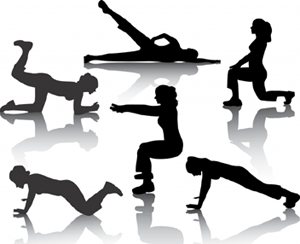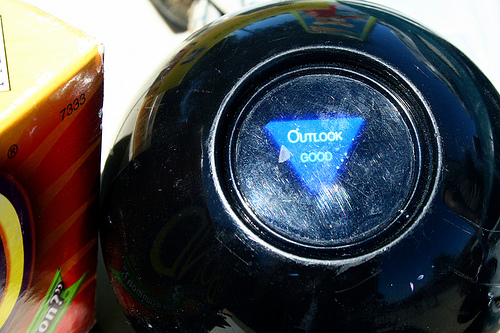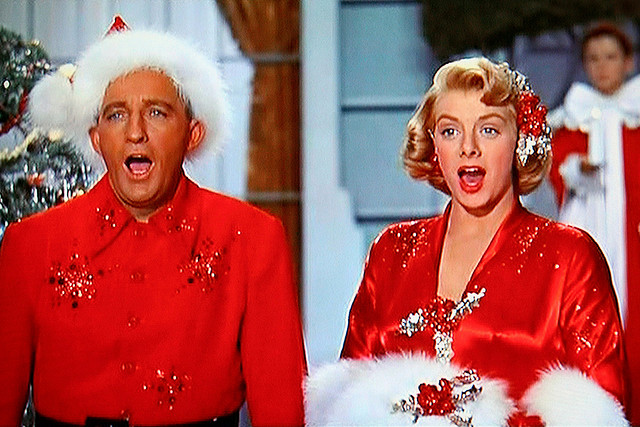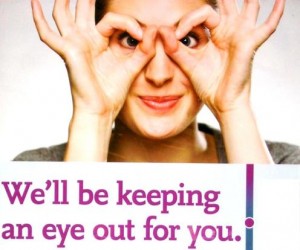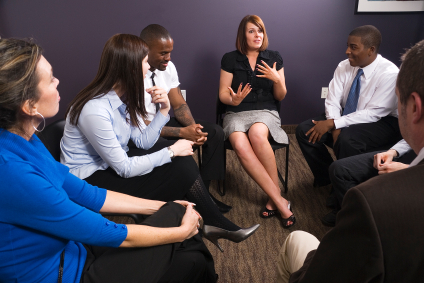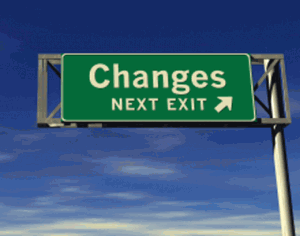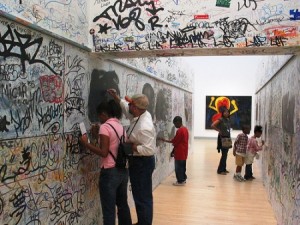by Steven Sulkin, MBM Productions International
Up until recently, one could argue that for millennia meetings haven’t changed very much. When I see most in-person meetings, what strikes me is that just like in ancient Greece, we walk onto a stage, head for dead center and orate from a lectern. For a long time now, I’ve wondered why we keep doing this.
Early in my career, in the 1980’s, because of the needs of some high tech clients, I was challenged with breaking out of that mold and broadcasting my meetings rather than presenting them in person. And in those days, well before the Internet was invented, broadcast meant via satellite. The now quaint sounding term for that type of transmission was “closed circuit television.”
For me, because of my production background, broadcast was natural. Imagining the “scene” as it would ultimately appear on a screen was my normal way of looking at communication. Live meeting production was where I had to think differently and put on my theater hat. Live meetings are the business version of theater and virtual meetings are the business version of television.
These days, of course, “television” (meaning all types of professional video) isn’t limited to the big three broadcasters or even to TV at all. Video streaming is ubiquitous, on the Internet, on smart phones and even on gaming consoles. So one would think we’d be, as a society, way ahead of the curve in creating sophisticated TV like business productions and virtual events. But when I observe the vast majority of virtual meetings what I see is the same mistakes made as were made in early 1950’s in TV. In the 50’s, TV producers modeled what they produced after theater, just as virtual events today are often modeled after live meetings. They surmised back then, they could simply stage a theater production and point a camera at it. Watch old black and white footage of the Honeymooners and you’ll see what I mean. It was “deadly” to watch because it was static and didn’t take advantage of multi-camera angles and editing that we now understand is imperative to create a proper broadcast. Eventually, TV evolved into more sophisticated productions.
Today, in the world of virtual events the same 1950’s mistakes seem to be happening all over again. There is the thought that one can simply transmit a slide over the Internet with a synced voice and it’s a meeting. Add a tiny talking head via video or clip art embedded into a drawing of a virtual trade show and the thinking is that creates an engaging virtual event experience. Putting aside the sync problems, which are commonplace as platforms struggle to combine all of these disparate elements, most importantly, this type of virtual event is exceedingly un-engaging to watch, compromising the effect of the virtual experience and ultimately driving people back to rely heavily on travel and live meetings. And most ironically, it’s completely unnecessary as all of the tools to produce engaging video production are at our disposal if we would just take advantage of them. Combine that engaging transmitted video with an in-person meeting and we create ‘the hybrid meeting” – the best of both worlds.
So what should we do in the world of virtual events, Web streaming and online meetings these days? We should learn from and take advantage of the technology that TV and the movies has given us and used for decades. For one, we should abandon the notion of syncing a static slide to voice and a video talking head. There’s no reason to do that. With sophisticated video Web streaming technologies and production “capture” technology (HD cameras, portable lighting systems, etc.) we can create engaging video for the business world, and stream it full screen over relatively modest bandwidth. But this new era of virtual communication demands that anyone involved in the creation of a virtual event must be a video production expert, a meeting planning pro and an IT guru well honed in the science of streaming video over the Web.
There is another lesson of what not to do that we can learn from the early days of television, and it’s about live verses on demand. In the world of TV, even TV news, live is a choice of last resort. No one in TV chooses live unless they have to, as it increases risk, both technical and human. And on the Internet, well over 90% of all video is consumed on demand. Especially in the world of business, minimally for legal reasons to limit risk, we should review every word and every single piece of data before releasing it to the masses. Therefore, except in rare cases and for good purpose, we should pre-record everything we can, every presentation, every word uttered. In the world of pharmaceutical virtual events, this couldn’t be more imperative. The only element, which should be live, is Q and A. With sophisticated platforms that can be achieved with a technique referred to as “SimLive” – the combination of pre-recorded presentations blended with live Q and A.
The viewer need not even know the presentation is live or recorded unless one wants to express that. Every day on TV news the limiting of live reporting is a practiced technique. Live news stories include taped sections with the actual live portion being a small element of the segment. Pre-recorded means less risk, more control and lower cost. TV learned that lesson years ago.
I remember when The Tonight Show was live and all the problems that ensued, then soon afterward it went “live to tape” to reduce risk and increase the effectiveness as they could edit and re-do sections they weren’t happy with. One can learn a lot from early TV as we create new axioms in the business of Virtual Meetings and Events –Think Like a Broadcaster and You’ll Find Success.
